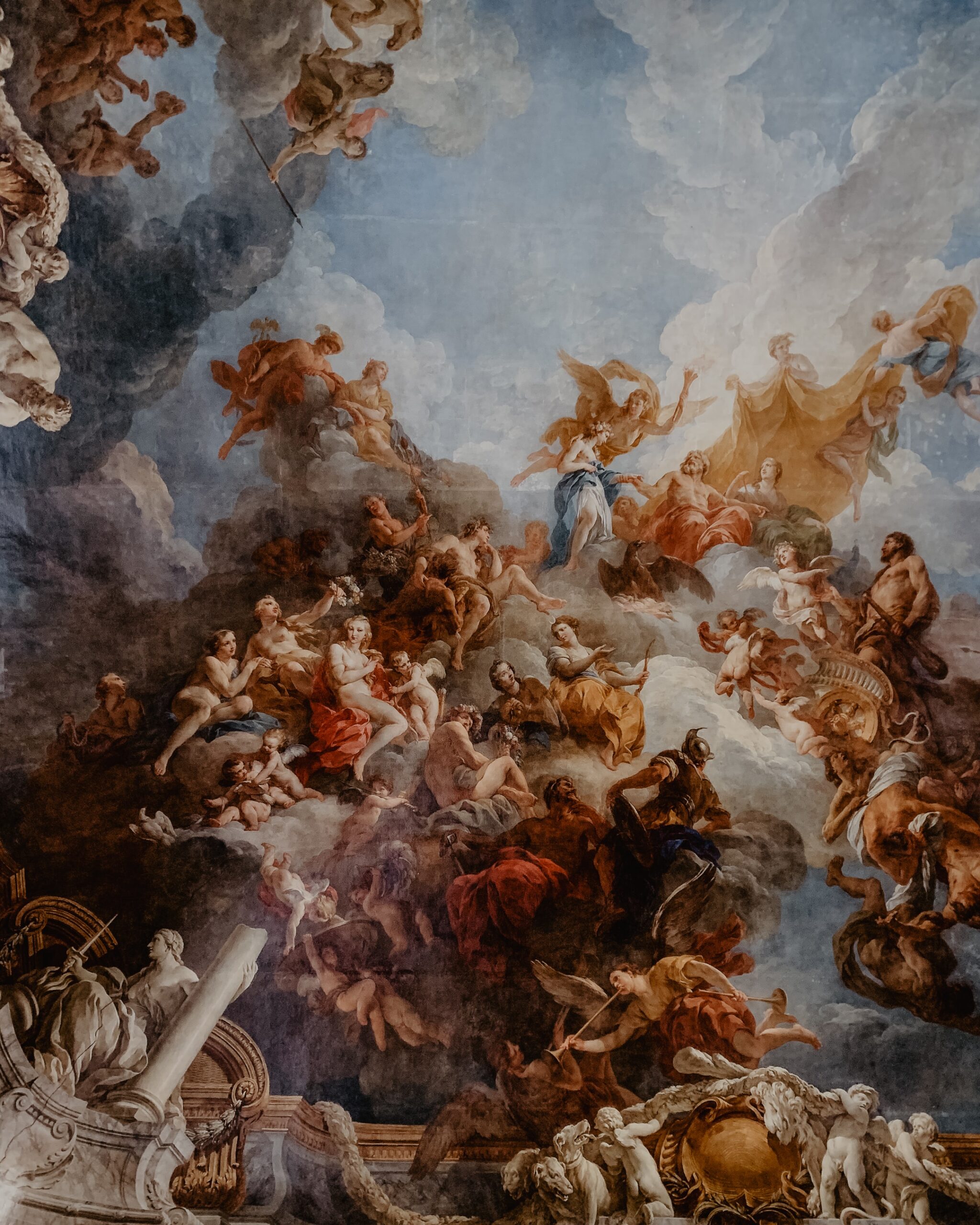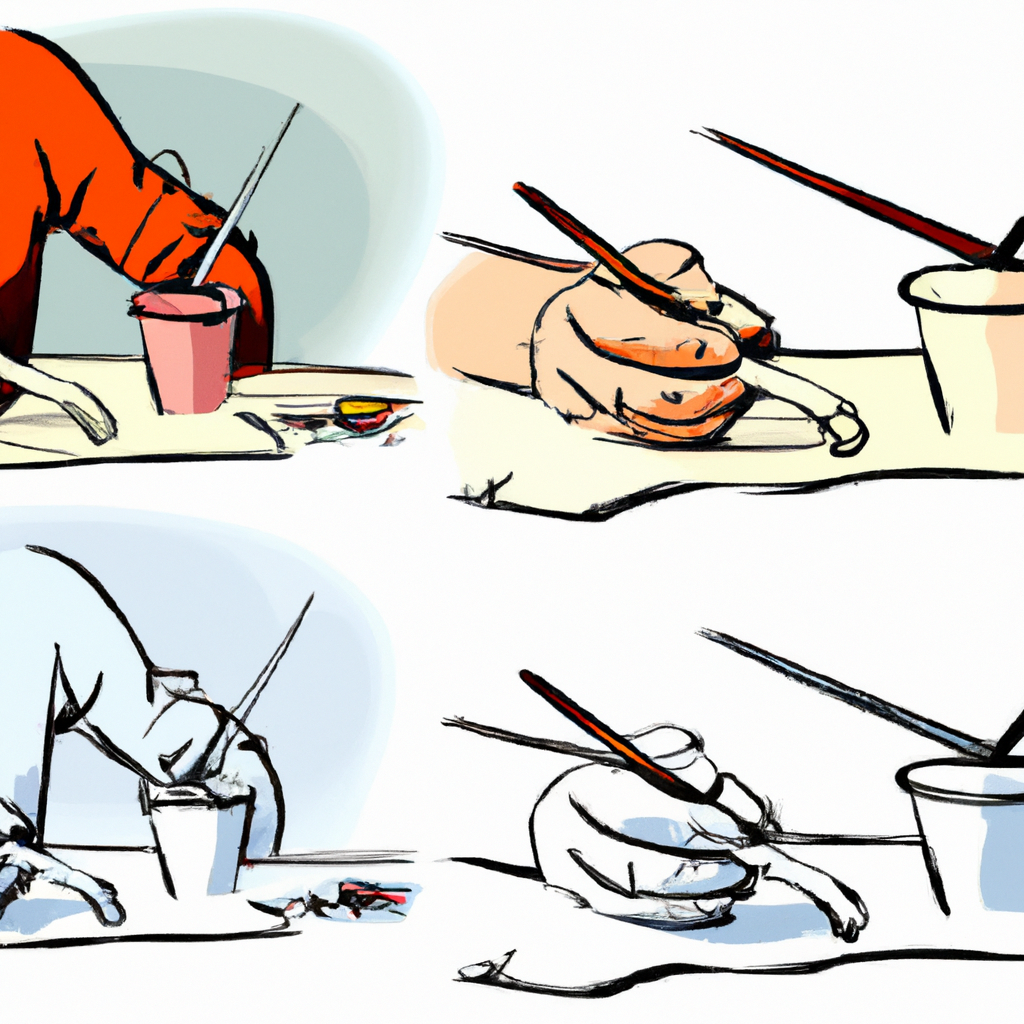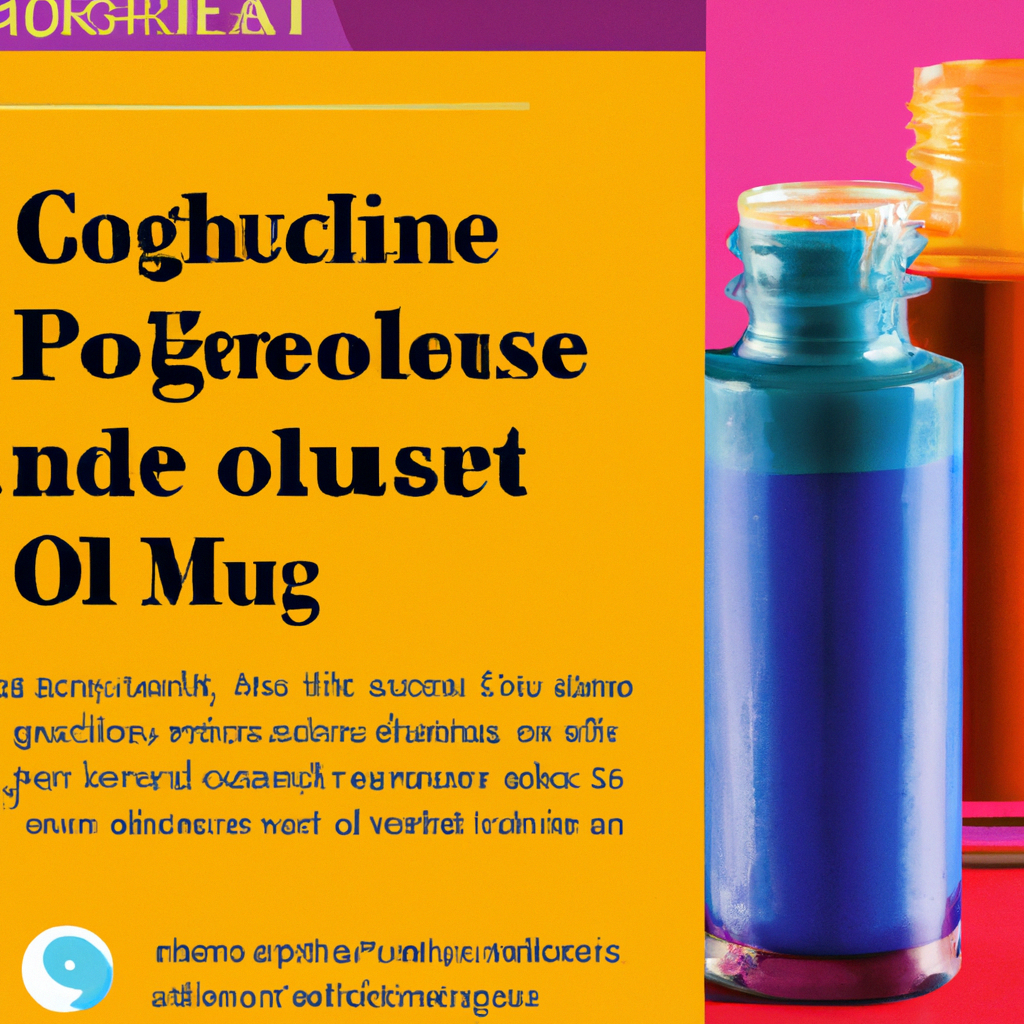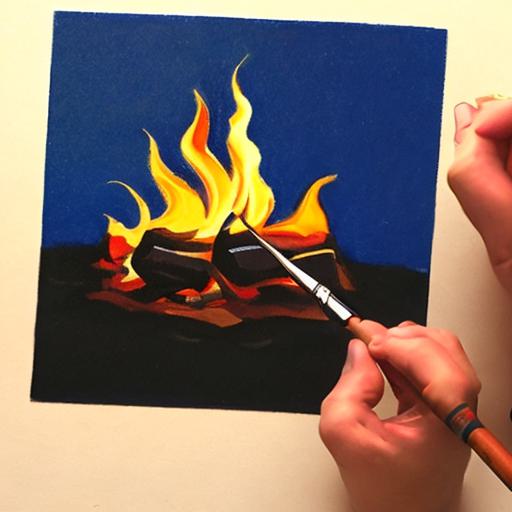Maintaining the pristine condition of your gouache paintings is essential to preserve their vibrancy and longevity. In this article, you will be guided through the step-by-step process of effectively cleaning a gouache painting. From preparing the necessary materials to employing gentle cleaning techniques, this comprehensive guide will equip you with the knowledge and skills to restore your artwork to its original splendor without compromising its delicate nature.

This image is property of images.unsplash.com.
Tools and Materials
To effectively clean a gouache painting, you will need the following tools and materials:
Soft brush
A soft brush with bristles that are gentle and won’t damage the paint is essential for removing loose dust and dirt from the surface of the painting.
Lint-free cloth
A lint-free cloth is necessary for spot cleaning and wiping away surface grime without leaving behind any fibers or residue.
Mild soap
Using a mild soap diluted in water creates a gentle cleaning solution that can effectively remove stains and grime from the surface of the painting without causing any damage.
Water
Water is used in various steps of the cleaning process to dampen cloths and cotton swabs for spot cleaning and surface wiping.
Cotton swabs
Cotton swabs are useful for precise spot cleaning, especially for small stains or hard-to-reach areas. They are moistened with water or other cleaning solutions for effective stain removal.
Isopropyl alcohol
Isopropyl alcohol can be used as a last resort for tackling stubborn stains. It should be used sparingly and with caution, as it may have the potential to damage the paint if not used correctly.
Preparation
Before you begin cleaning your gouache painting, it is important to make some preparations to ensure a smooth and safe cleaning process.
Choose a clean and clear workspace
Select a clean and clutter-free area where you can comfortably work on cleaning your gouache painting. This will help prevent accidental spills or damage to the artwork.
Put on protective gloves
wearing protective gloves, such as latex or nitrile gloves, will help prevent the transfer of oils and dirt from your hands onto the painting during the cleaning process.
Ensure good ventilation
Cleaning solutions and rubbing alcohol can emit fumes that may be unpleasant or harmful if inhaled in an enclosed space. Make sure the area where you are cleaning the painting is well-ventilated to avoid any discomfort or health risks.
Avoid direct sunlight
Direct sunlight can cause the paint on a gouache painting to fade or become discolored. It is crucial to clean your painting away from direct sunlight to protect its integrity.
Surface Dust Removal
Before tackling any stains or grime, it is important to remove loose dust particles from the surface of the painting to avoid smearing or scratching the paint.
Use a soft brush to gently remove loose dust particles
Starting from the top of the painting, use a soft brush with gentle bristles to sweep away any loose dust particles. Brushing in one direction will help prevent smearing the paint.
Brush in one direction to avoid smearing the paint
By brushing in one direction, you can ensure that any dust particles are brushed off the surface of the painting without spreading them around or damaging the paint.
Start from the top and work your way down
Begin brushing from the top of the painting and work your way down gradually. This prevents any dust or debris from falling onto areas of the painting that have already been cleaned.
Stain Spot Cleaning
Once the surface dust has been removed, you can start addressing any stains or spots that may be present on the gouache painting.
Dab a lint-free cloth with a small amount of water
Moisten a lint-free cloth with a small amount of water. Be careful not to oversaturate the cloth, as excess moisture can damage the paint.
Gently blot the stained area
Using the dampened cloth, gently blot the stained area of the painting. Lightly dabbing the cloth will help lift the stain without spreading it or causing further damage.
Avoid rubbing or applying excess pressure
Rubbing or applying excessive pressure on the stained area can result in paint flaking or smudging. It is important to be gentle and patient during the spot cleaning process.
If the stain persists, moisten a cotton swab with water and dab it on the spot
For stubborn stains that are not easily removed with a cloth, you can moisten a cotton swab with water and dab it directly on the spot. The concentrated moisture can help break down the stain.

This image is property of images.unsplash.com.
Removing Surface Grime
Over time, gouache paintings can accumulate surface grime, such as dirt or fingerprints. Cleaning the painting with a mild soap solution can effectively remove this grime without causing damage.
Mix mild soap with water to create a gentle cleaning solution
Dilute a small amount of mild soap in water to create a gentle cleaning solution. Make sure the soap is mild and does not contain any harsh chemicals or additives that could damage the paint.
Dampen a lint-free cloth with the solution
Using the mild soap solution, dampen a lint-free cloth. Make sure the cloth is not oversaturated, as excess moisture can cause the paint to lift or blur.
Gently wipe the surface in a circular motion
Using the damp cloth, gently wipe the surface of the painting in a circular motion. This helps ensure an even and thorough cleaning while minimizing the risk of damaging the paint.
Rinse the cloth frequently and avoid oversaturation
As you clean the painting, rinse the cloth frequently to remove any accumulated grime. This prevents smearing or transferring dirt onto other areas of the painting. It is important to avoid oversaturating the cloth, as excess water can cause damage.
Dealing with Stubborn Stains
In some cases, stubborn stains may require additional measures to remove them effectively. Isopropyl alcohol can be used cautiously to tackle these persistent stains.
If the stain remains, try using isopropyl alcohol
If a stain persists even after spot cleaning and surface grime removal, isopropyl alcohol can be used as an additional cleaning agent. Exercise caution, as alcohol can potentially damage the paint if used incorrectly.
Moisten a cotton swab with isopropyl alcohol
Moisten a cotton swab with a small amount of isopropyl alcohol. It is crucial to use only a minimal amount to prevent the alcohol from dripping or spreading on the painting.
Carefully apply it to the stain in small, circular motions
Using the moistened cotton swab, carefully apply the isopropyl alcohol to the stain. Gently move the swab in small, circular motions to break down the stain without damaging the paint.
Test a small area first to ensure it doesn’t damage the paint
Before applying isopropyl alcohol to the entire stained area, test it on a small, inconspicuous area of the painting. This will help ensure that the alcohol does not cause any adverse effects or damage to the paint.

This image is property of images.unsplash.com.
Cleaning the Back of the Painting
While cleaning the front of the gouache painting is essential for maintaining its appearance, it is also important to remember to clean the back to remove any dust or dirt that may have accumulated.
Turn the painting over and place it on a clean surface
Carefully turn the painting over and place it on a clean surface, preferably covered with a soft cloth or paper to prevent any scratching or damage to the back of the artwork.
Use a soft brush to remove any loose dust or dirt
Using a soft brush, gently sweep away any loose dust or dirt that may have accumulated on the back of the painting. Be cautious not to press too hard, as it could damage the surface.
Gently wipe the back with a damp cloth if necessary
If the back of the painting appears dirty or stained, you can lightly dampen a cloth with water to wipe away any grime. Avoid applying excessive moisture to prevent it from seeping through to the front of the painting.
Avoid applying excessive moisture
While it is important to clean the back of the painting, it is crucial to avoid applying excessive moisture, as this can weaken the canvas or paper and potentially impact the paint layers on the front of the artwork.
Drying the Painting
After cleaning, it is essential to allow the gouache painting to dry properly before handling or storing it to prevent any damage or mold growth.
Place the painting on a flat and clean surface
carefully place the cleaned painting on a flat and clean surface, ensuring that it is supported evenly to prevent any warping or bending.
Allow it to air dry naturally
It is best to allow the painting to air dry naturally. Avoid using any heat sources, such as hairdryers or heaters, as these can cause uneven or excessive drying, leading to damage or paint cracking.
Avoid using heat sources or direct sunlight
Direct heat or sunlight can affect the integrity of gouache paint, causing it to fade or become brittle. Always keep the painting away from heat sources or direct sunlight during the drying process.
Finishing Touches
Once the gouache painting is fully dry, it is time to inspect it for any remaining stains or dirt and take the necessary steps to ensure its proper preservation.
Inspect the painting for any remaining stains or dirt
Carefully examine the painting for any remaining stains or dirt that may have been missed during the cleaning process. If necessary, repeat the appropriate cleaning steps to address these areas.
Repeat the cleaning steps if necessary
If there are still areas that require cleaning after the initial process, go back and repeat the appropriate steps until the painting is free of stains and dirt. Patience and attention to detail are key.
Once fully dry, carefully frame or store the painting
After confirming that the painting is thoroughly dry and clean, you can safely frame or store it according to your preferences. ensure that the storage area is clean, dry, and free from any potential sources of damage.
Additional Tips
To maintain the quality and longevity of your gouache paintings, there are several additional tips and preventive measures you can take.
Take preventive measures to protect your gouache paintings
Avoid eating or drinking near your gouache artwork to prevent accidental spills or stains. Additionally, try to keep the painting away from areas that are prone to excessive humidity or temperature fluctuations, as these can impact the paint and materials.
Avoid eating or drinking near the artwork
Accidents happen, and a spill can easily damage your gouache painting. To prevent any potential disasters, it is best to avoid eating or drinking near the artwork.
Handle the painting with clean hands or gloves to prevent oils transferring
When handling the gouache painting, ensure that your hands are clean and free from any oils or lotions that may transfer onto the paint surface. Alternatively, you can wear gloves to prevent direct contact.
Regularly dust the painting to minimize build-up
Dust can accumulate on the surface of your gouache painting over time. To minimize build-up, gently dust the painting with a soft, lint-free cloth on a regular basis. This will help maintain its appearance and prevent dirt from embedding into the paint layers.
By following these steps and tips, you can effectively clean and maintain your gouache paintings, ensuring their longevity and preserving their integrity for years to come. Remember to exercise caution, patience, and attention to detail during the cleaning process to prevent any damage to the artwork.



